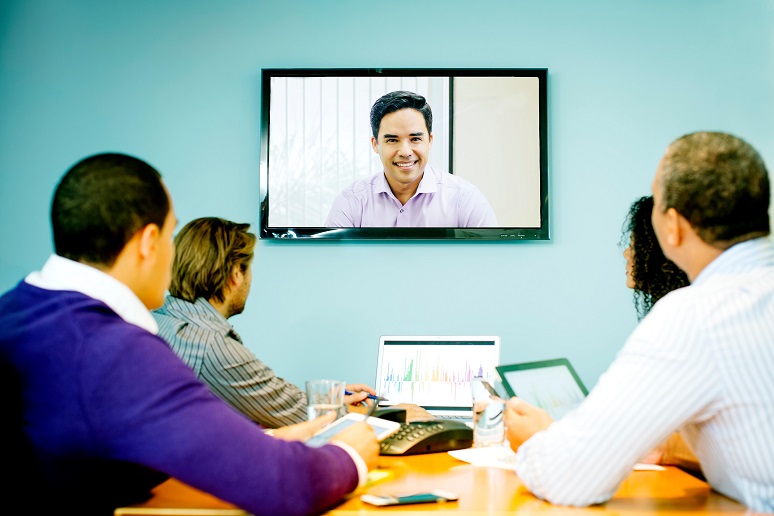An emerging area of concern in the hybrid workplace is
experience parity — how people who are working remotely and people who are working in the office can have the same level of technical support and the same level of collaboration with their colleagues. The mission of ensuring all employees have the same workplace experience, independent of location, brings with it a host of technical challenges.
Joe Berger, the
senior director of digital workspace practice for technology services provider World Wide Technology (WWT), has worked with WWT on remote working, end-user computing, call center solutions, smart cameras, unified communications and collaboration tools. Here, he addresses how organizations grappling with experience parity can identify and eliminate the obstacles their employees face.
Q. What are some of the most persistent obstacles currently impeding experience parity at work?
For remote employees, the user experience can vary. Bandwidth, home set ups, device configurations and equipment can cause end-users to have different experiences.
As employees return to the office, organizations will need to ensure office experiences and tools work for both in-person and remote employees. Meeting platform vendors such as Cisco and Microsoft are developing new features to address this problem. For example, during face-to-face meetings in conference rooms, remote participants can see everyone in the video frame as if they were calling in from their own desk rather than only seeing who is in the room.
Organizations will also need to consider how they’ll evolve water cooler chats, corporate happy hours, and team lunches to include remote employees. Event and metaverse platforms are looking to solve this by giving employees a place to meet in a digital setting where everyone can be involved.
Q. What steps can an IT department or company leadership take to ensure its employees, regardless of location, have equal access to business-critical tools delivered through a consistent, seamless experience?
The first step is aligning IT and the lines of business to understand user requirements and common scenarios. Leveraging dynamic persona modeling can help IT gain a sense of end-user needs and challenges and allow them to better enable employees.
Shifting away from a “one-size-fits-all approach” and moving toward personalized workspace options allows employees to choose which device, screen size, peripherals, etc. will work best in their environment.
Creating feedback processes ensures IT stays up to date on employees’ evolving requirements and allows them to continuously optimize the experience before issues occur. With more tools shifting to software as a service (SaaS) and cloud, more end-user services now reside outside the four walls of traditional IT. Support models must evolve to offer different levels of service to support.
Q. Automation is clearly going to be part of delivering experience parity at work. What are some of the most productive ways workplaces can deploy automation to establish and sustain experience parity at work?
Automation drives speed of resolution for issues and changes. This is key to delivering a good experience and reducing remote worker frustration.
Proactively monitoring and resolving issues can greatly support end-user experiences. For example, notifying the end user when there are ways to resolve PC performance or manage video or communication traffic.
Q. Speaking of automation and IT — how can organizations make the mindset-shift and practical shift to an evergreen IT model to support a hybrid workforce expecting/getting tech parity?
An evergreen model changes how IT teams plan, design and implement new capabilities, as well as how they operate and support a continuous improvement cycle long term.
Transitioning to an evergreen IT model doesn’t happen overnight; it’s an agile evolution that requires close alignment between IT and the business. From architects to operators, all teams must be aligned on the end goal and vision to ensure a successful transition.
Q. Blue-sky time: It’s been a transformative few years in the workforce. What are the biggest changes you’d like to see move across the workplace next?
There are three. First, video and digital collaboration: This requires the business to understand how their physical spaces will be used and the experience needed to include remote participants. Not only will physical spaces be enabled for video conferencing, but they’ll also be equipped with more digital tools (whiteboarding, post-it notes, mural boards, etc.) to foster remote employee engagement.
Next, AI and automation: At WWT, we’re starting to see AI and automation gain more traction in hybrid workspaces; however, there are a lot of tools and data out there.
Finally, AR, VR, and the Metaverse: While these technologies are in the very early stages of becoming mainstream, user adoption among younger generations will lead to this having enterprise benefits and use cases. This technology continues to evolve, costs are decreasing, and the experience is improving.






